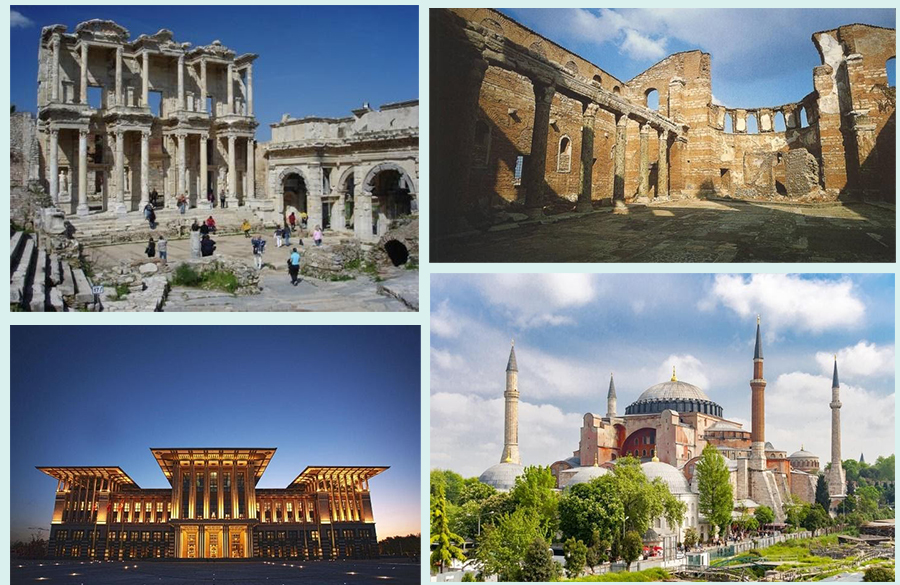“If one had but a single glance to give the world, one should gaze on Istanbul”-Alphonse de Lamartine
The republic of Turkey, known for its rich heritage, is situated both Europe and Asia hence the diverse and mixed background. Architecture in Turkey has a mix of both of Asia and European character in its urban structure, thus creating its mark in contemporary literature.
Speaking in terms of architecture, it is the home of various marvels with typologies between the Dolmabahce to Bosphorus Bridge. The land has seen an evolution in design development, especially since being a prominent destination for some revolutionary landmarks of history and dynasties such as the Ottoman.
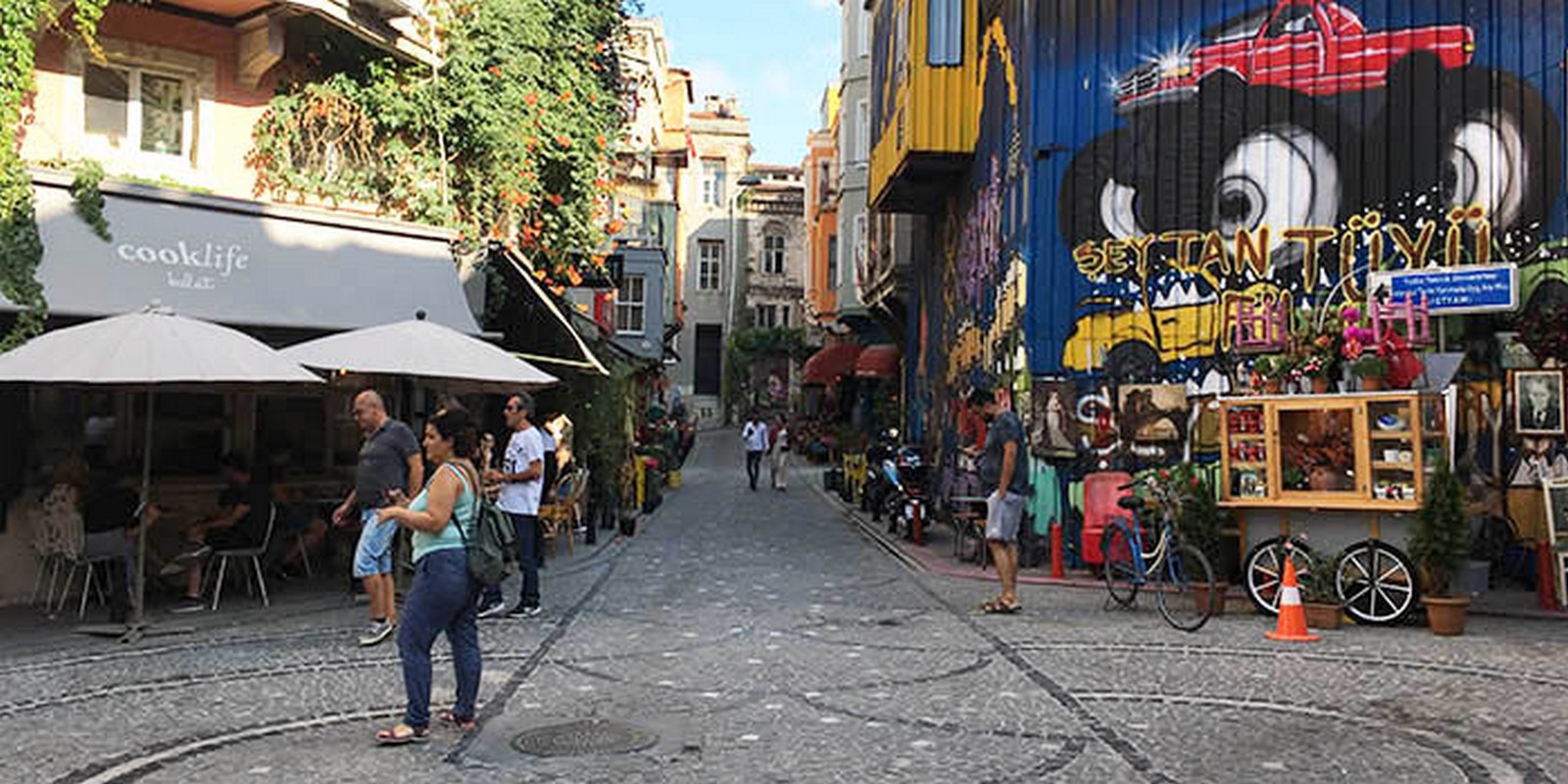
During the earlier days, the dwellings were very basic and primitive such as tents as people led a nomadic life. Eventually, ancient greek architecture had its influence in the region, creating structures such as The Ephesus, Perge and Pergamon, the ruins of which stand today.
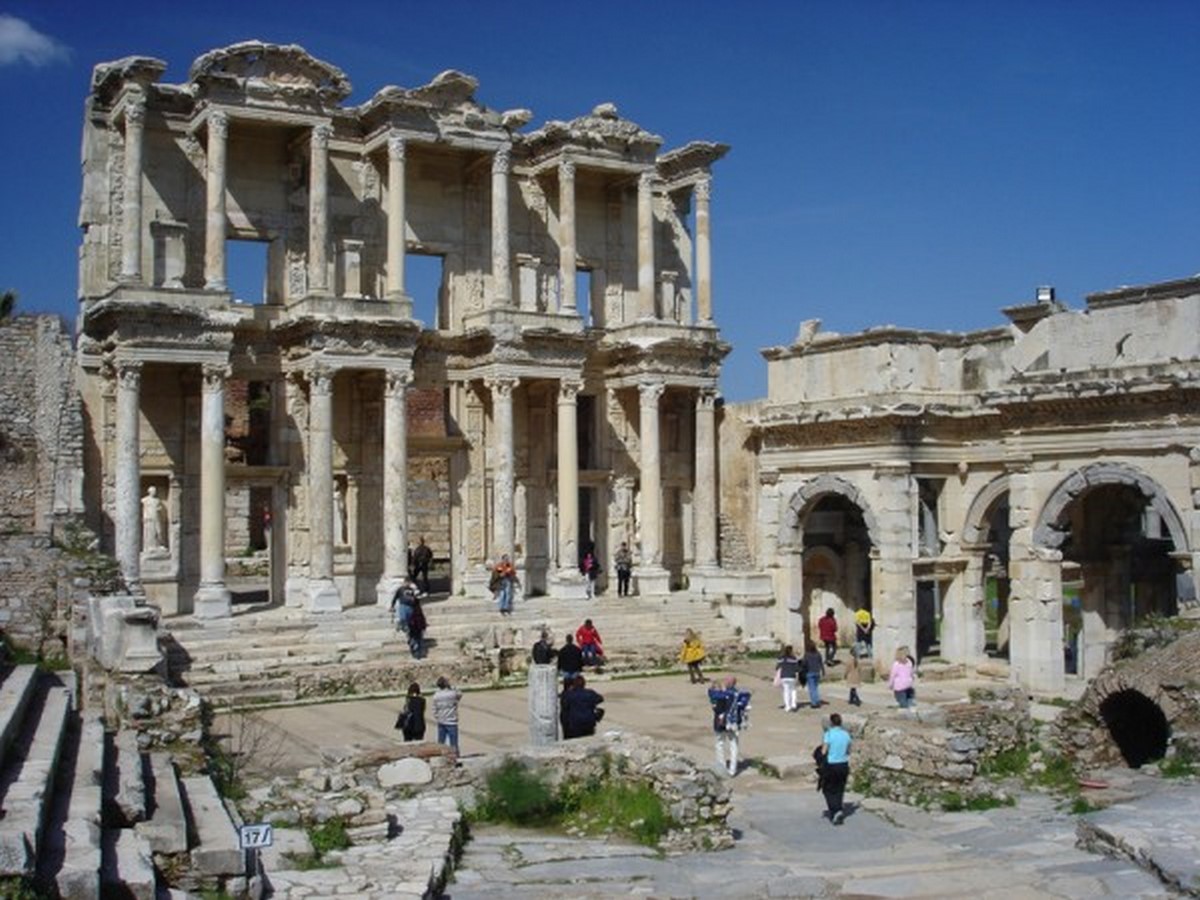
Eventually, with the coming of the Seljuk Turks from Iran, a traditional approach was undertaken which introduced ornamentation in Turkish architecture.
Byzantine and Ottoman were the two empires that ruled over Istanbul. During the Byzantine Era, a change in architecture was seen with the acceptance of Christianity. The Strudious Monastery was built in the mid 5th century which makes it the oldest church in Istanbul. It has great significance in Istanbul’s religious and political scenario. Built with traditional Byzantine features; the monument had a trapezoidal base plan, marble columns and capitals with Corinthian and Acanthus designs. However, the structure later converted into a mosque which at present exists in a dilapidated state.
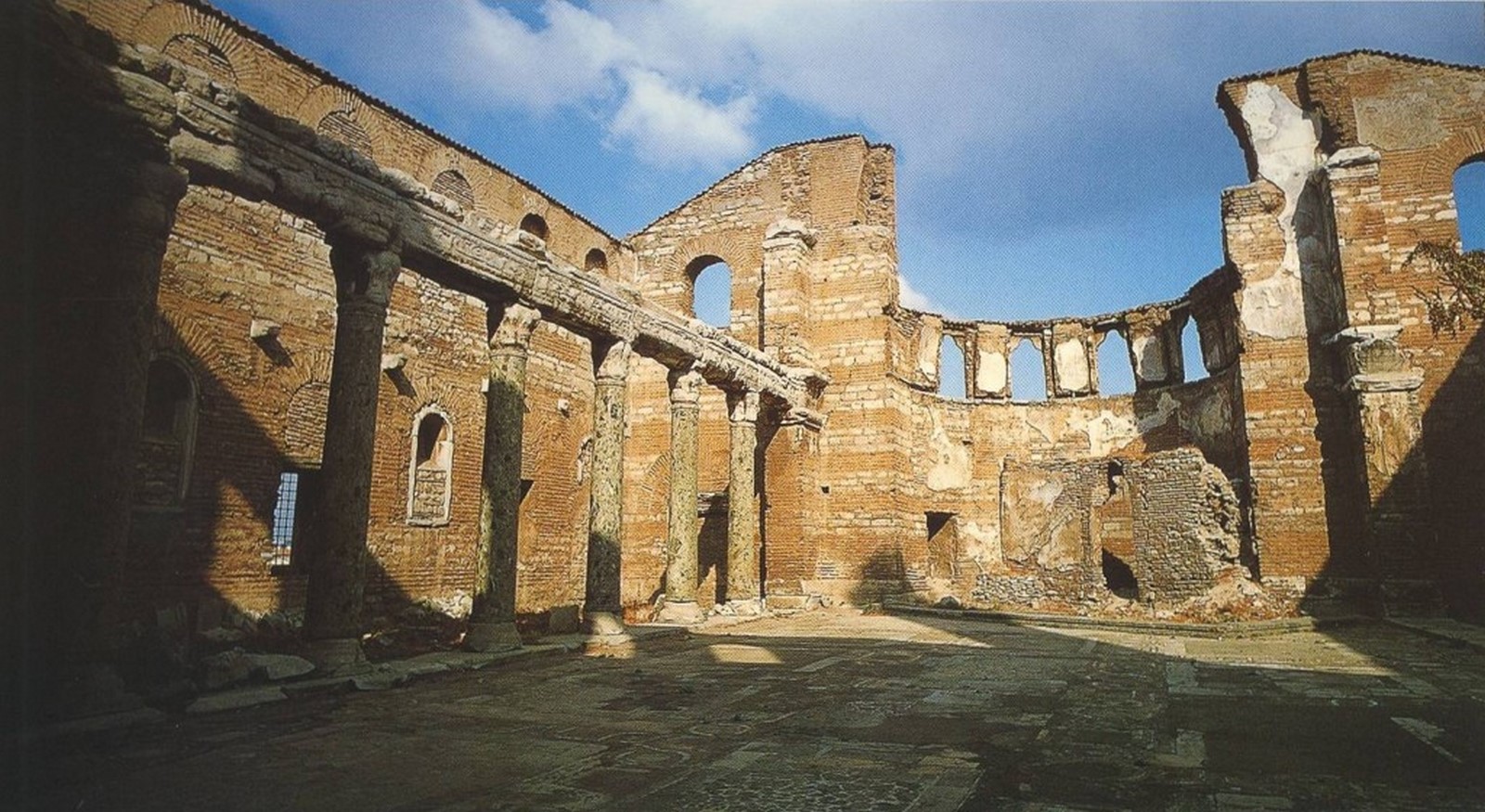
Hagia Sophia is a prominent structure that also stands as an example of the transition from Byzantine to Ottoman styles. The monument initially served as a Church for 916 years and later as a mosque for 482 years, hence having architectural features of both. Known as the “Church of Divine Wisdom’ the structure consists of multiple clearstories and galleries all under a massive dome at the centre with interiors laid in gold mosaics. It served as both a Greek orthodox and a roman catholic church. Eventually, as it transitioned into a mosque, some of the major additions were the minarets of Islam, the central chandelier and minbar with pieces of Islamic calligraphy. The design for the Hagia Sophia was an inspiration for other structures of the Ottoman Empire.
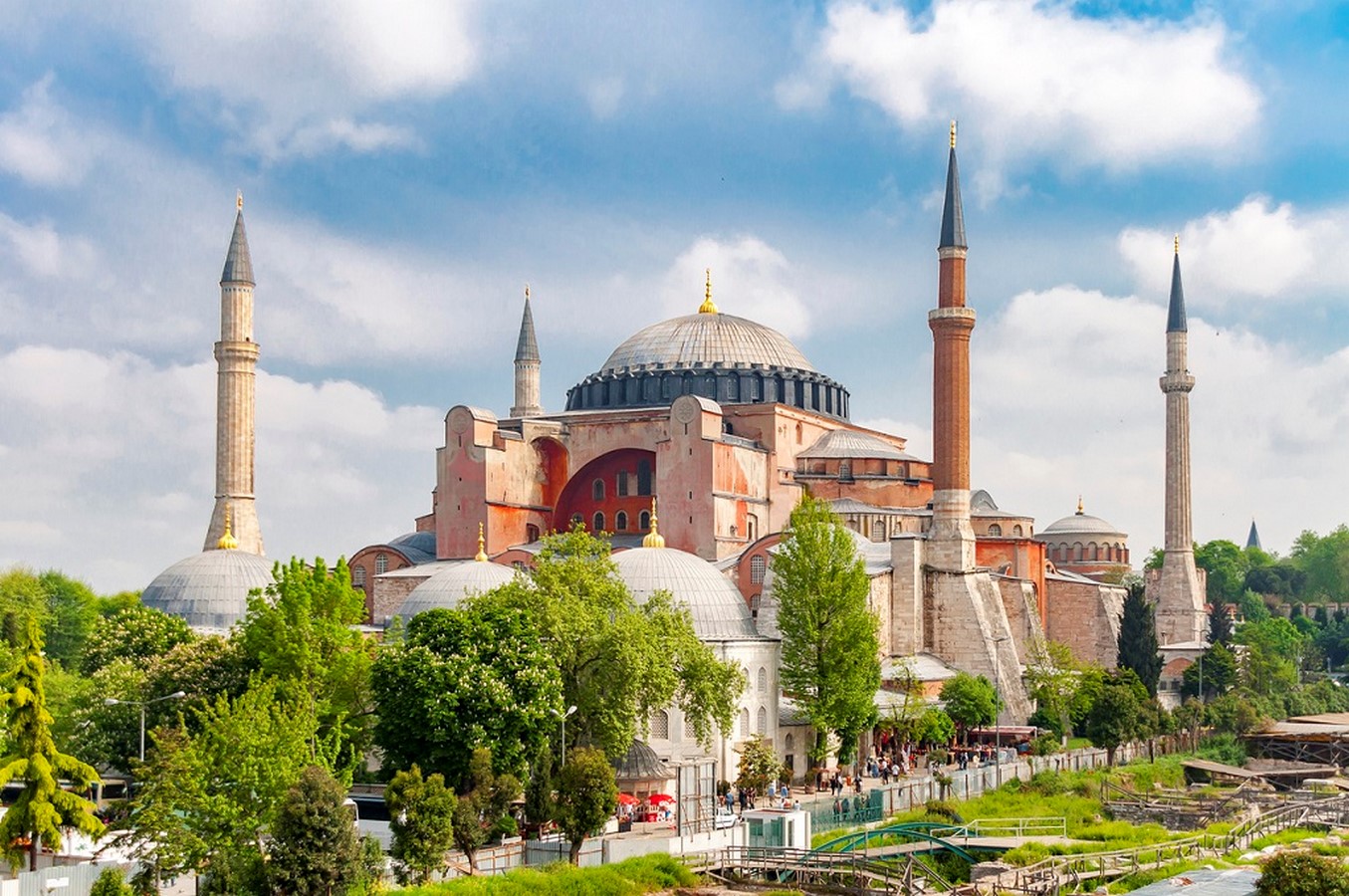
Some of the structures in roman also belong to the Seljuk Empire. The architecture of this dynasty was mostly imposing and bold, with a balance of nobility and subtle beauty. The architecture was an amalgamation of Persian, Greek, roman and Armenian. In terms of materials used the structure built in stones decorated with carvings and glazed ceramics, follows a palette of blue cobalt black and white. The major highlight of this era was the caravanserais that were accommodations built for travellers through the silk route.
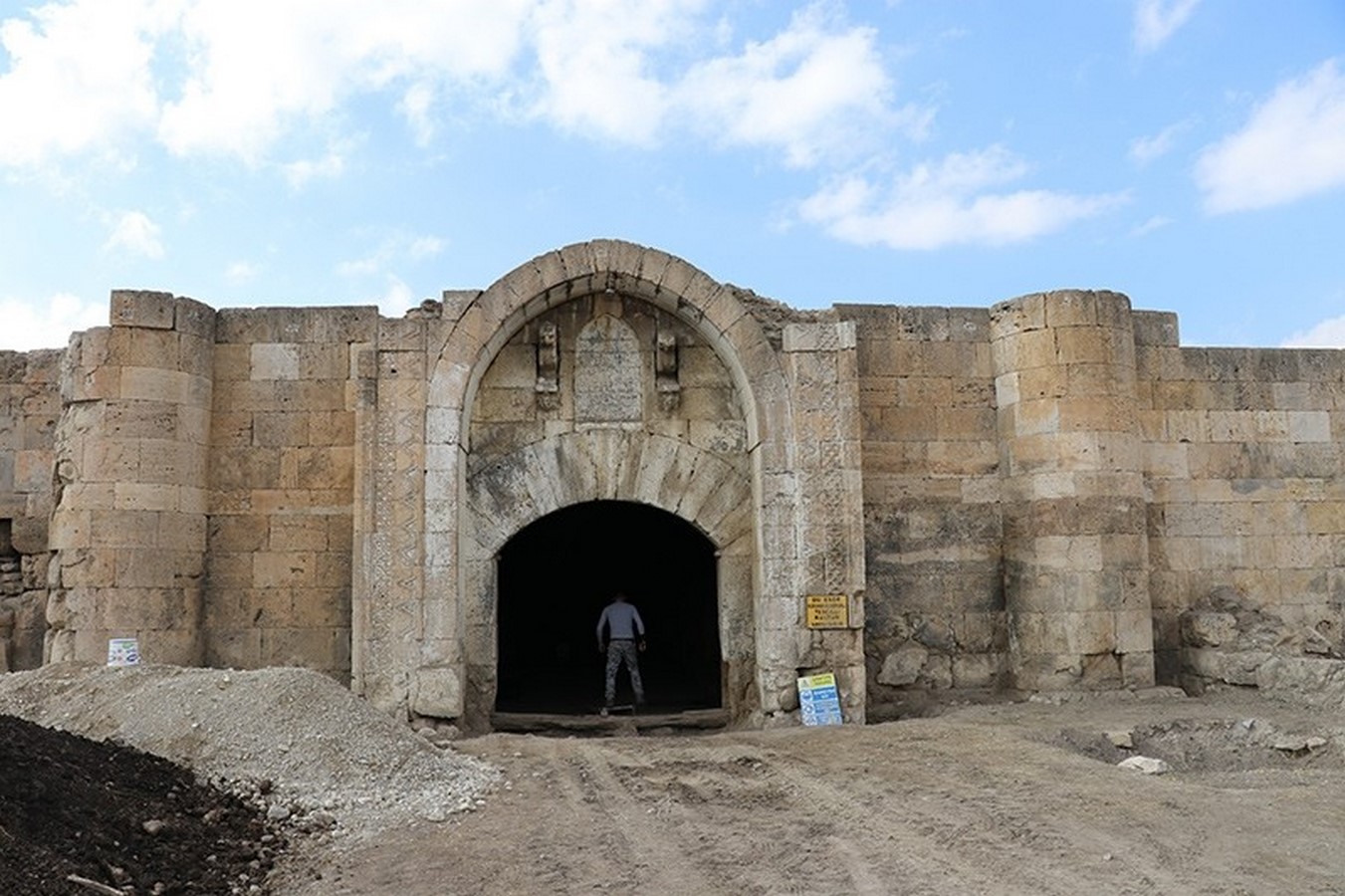
Turkey, known for its contributions by the Ottoman Empire, that reigned in the 13-15 centuries; had a prolific architecture with primary influences from Byzantine and Seljuk Architecture. The key elements were massive domes, subtle exteriors with extreme interiors. The starting of the Ottoman period, also known as the Bursa period, had mostly the influence of Seljuk Architecture with additions of Hamams and domes. The classical period was influenced by the Byzantine period with varying proportions.
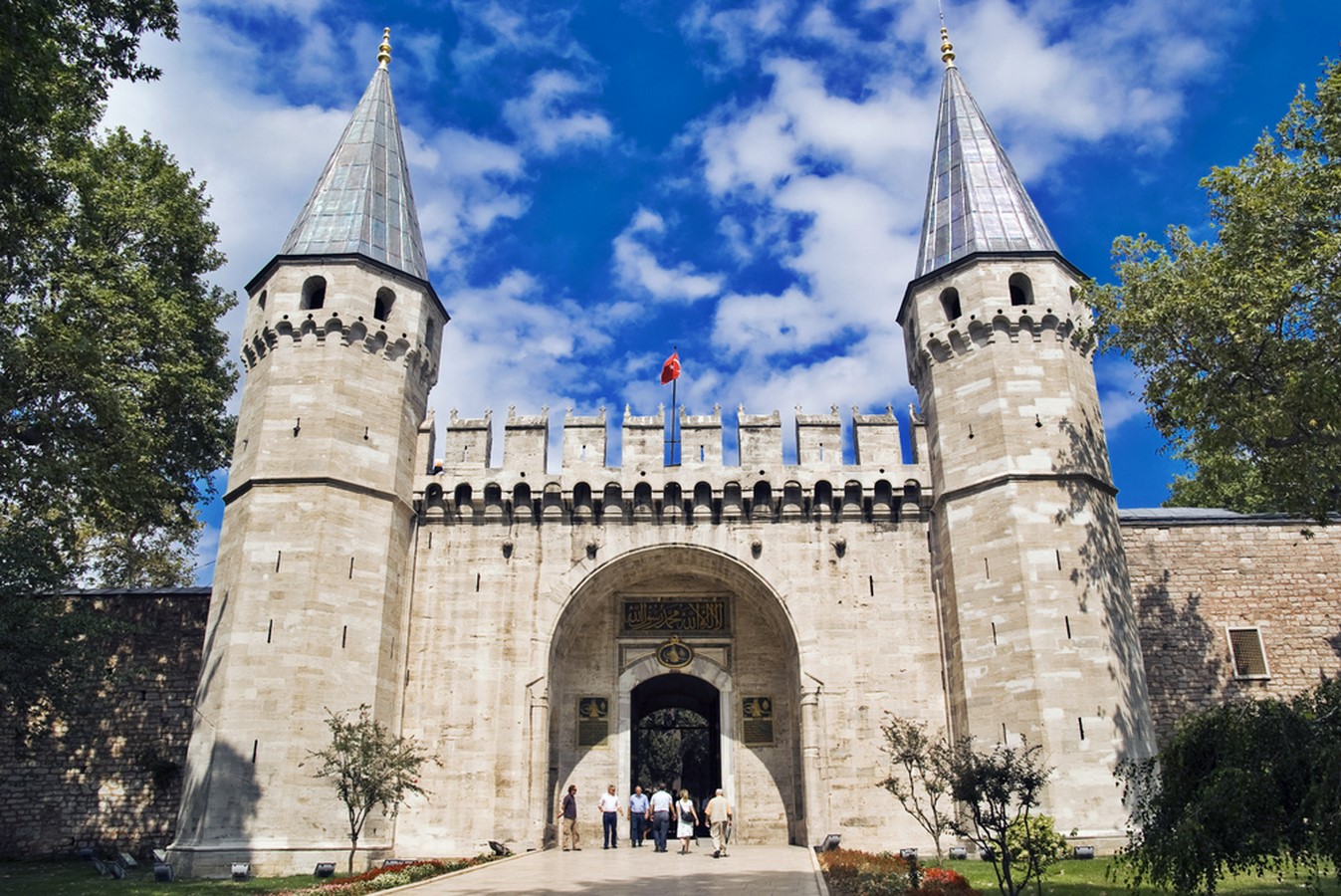
By the 18th century ornamentation in buildings mostly whimsical and opulent started emerging amongst the aristocrats as a part of the Rococo movement which brought about an internal debate about whether the aesthetics of Istanbul were of Asian or European character. This art movement, however, was not distinguishable in Istanbul as much as in other European countries.
The Ottoman baroque was a style that was a mix of Baroque and Rococo features, with more of an orientation towards European and Islamic architecture. The Tulip period, as the name denotes, was the time when an obsession for tulips was prevalent in architecture, an attempt to establish a European character to the empire.
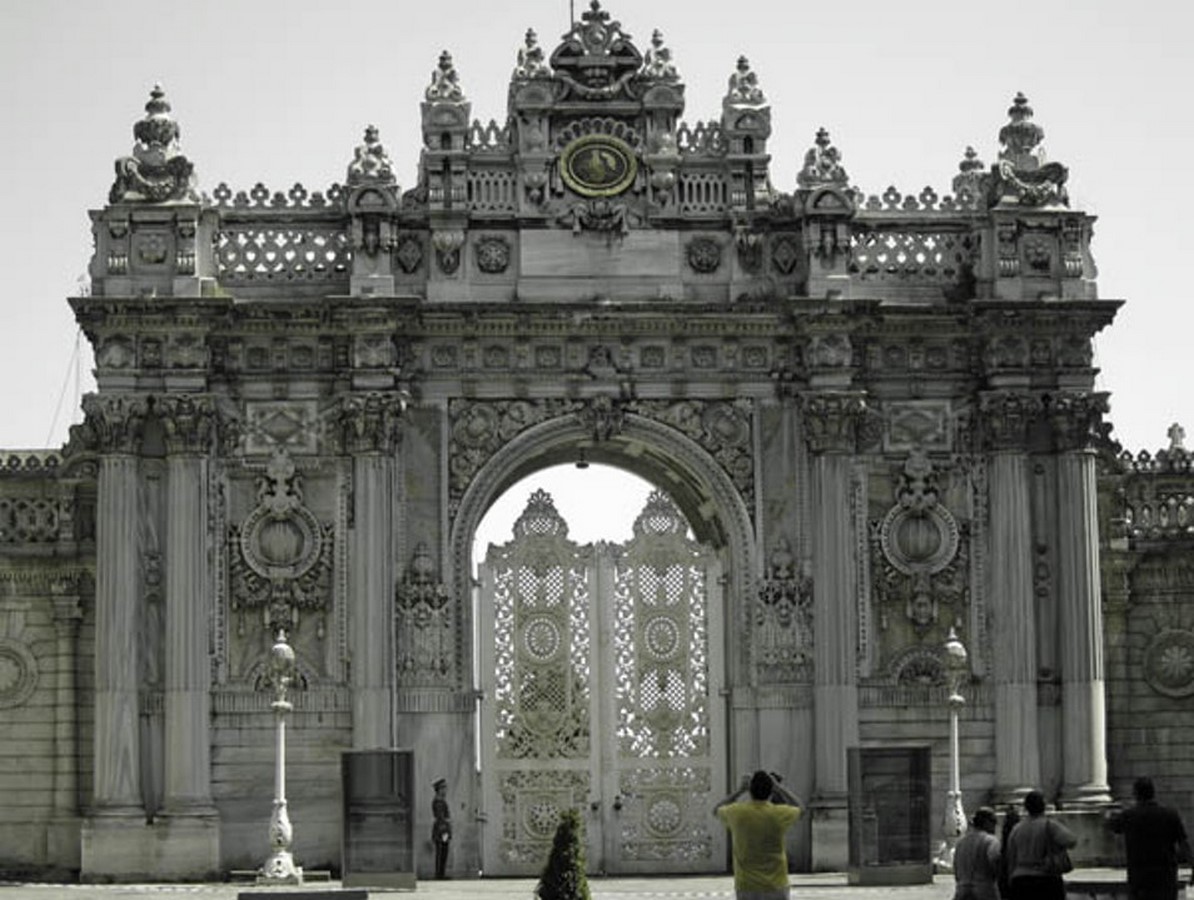
In 1923 towards the late ottoman era, an architectural movement emerged as a part of the beginning of the republic, known as ‘The New Ottoman Empire’ which had the main emphasis on public buildings. The movement brought about a modern climatically responsive aesthetics which projected the country internationally.
In 1943, during world war 2, a spike in the construction cost occurred due to the lack of materials and equipment. The situation led to the emergence of ‘The Second International Architecture Movement’ where german architects were invited to design in Turkey as a symbol of the good relations between the two countries.
By the 1950s, architecture had evolved drastically, eventually lacking identity.1980 saw the development in the industry due to the increased usage in prefabrication and concrete which continues even today.
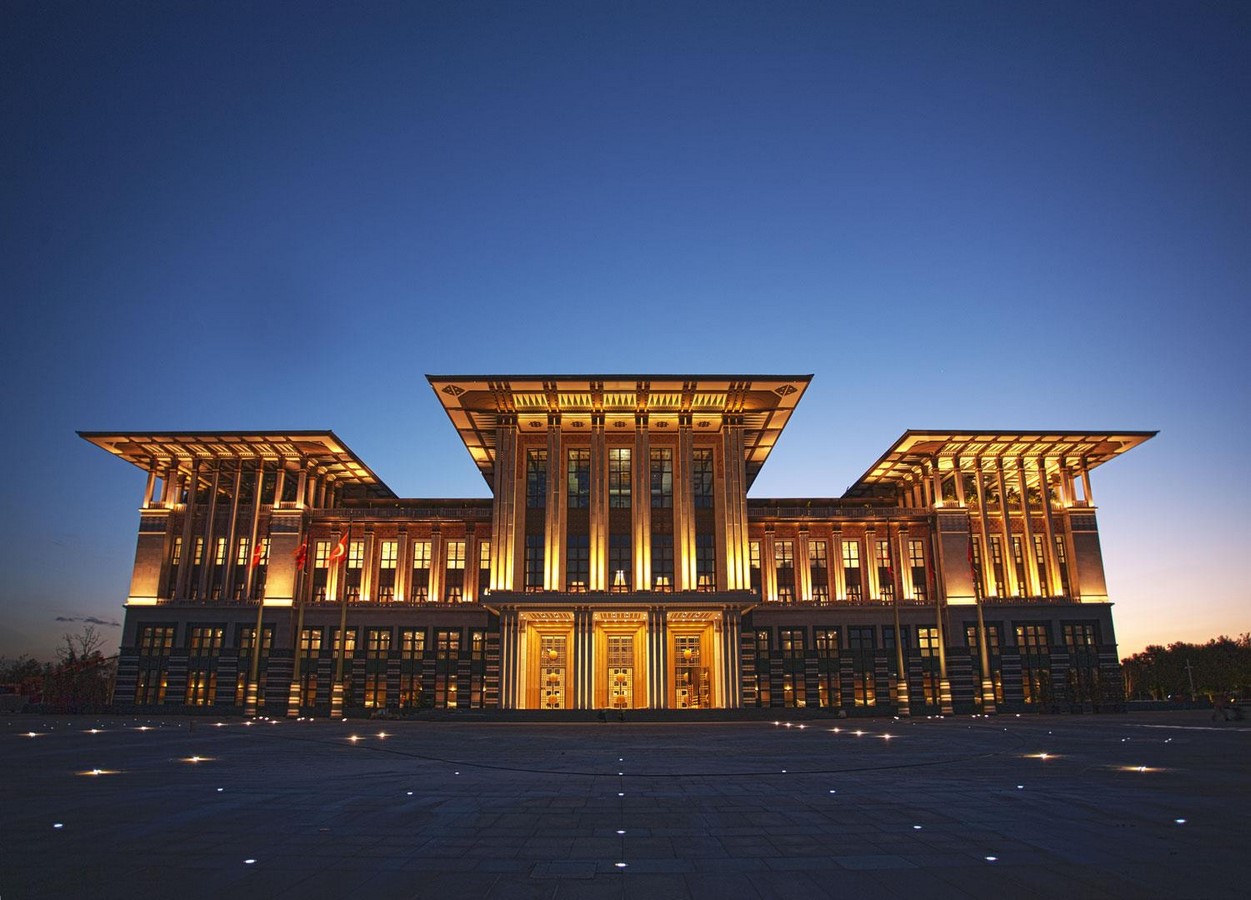
The architecture and culture in Turkey is a reflection of the legacy left by an era. The built environment today has developed to reach global standards yet coexist with the rich assets of its heritage.


